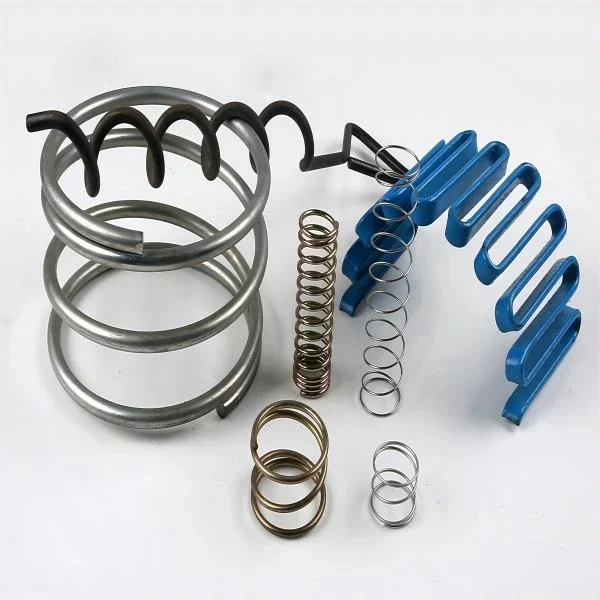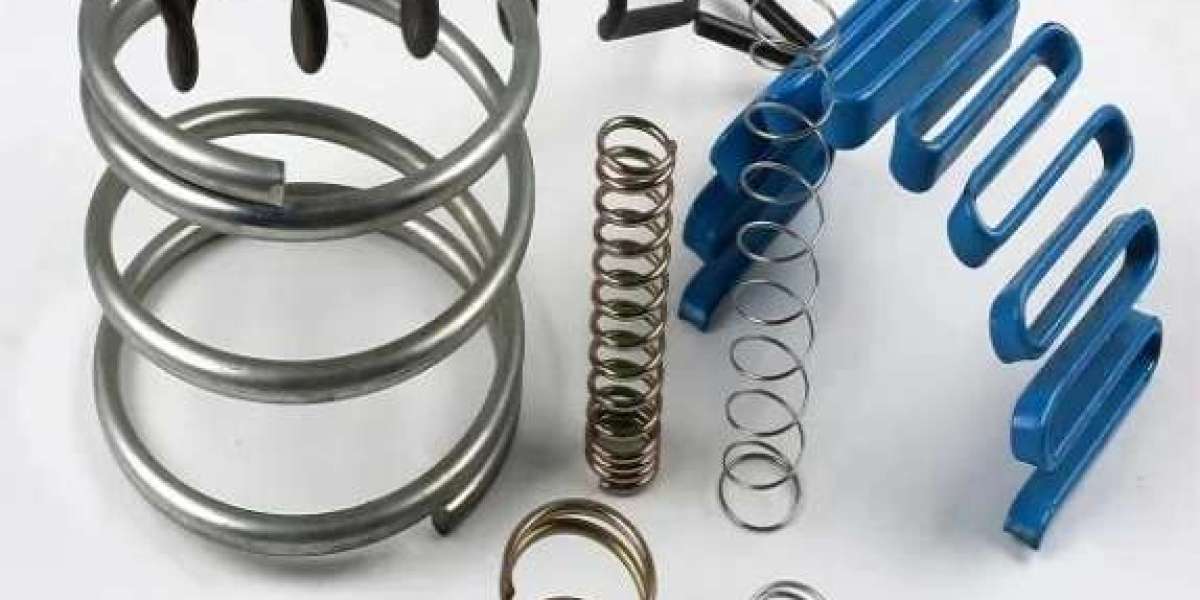Springs are essential mechanical components widely used in various applications, from automotive to household appliances. They utilize elasticity to perform their functions, allowing them to deform under external forces and return to their original shape once those forces are removed. At Ganlong-Flying Industrial, we specialize in a range of spring types, including pressure springs, tension springs, and irregular springs, ensuring high-quality products tailored to your needs. This comprehensive guide will delve into the different types of hardware spring parts, their classifications, and their applications.

Types of Springs
Springs can be classified based on various criteria, including the nature of the force they endure and their shape. Here are some primary classifications:
1. Tension Springs
Tension springs are designed to withstand axial tension. When not under load, the coils are tightly wound together without gaps. They are commonly used in applications requiring controlled movement, such as in machinery and instruments.
2. Compression Springs
Compression springs bear axial pressure and are typically made with a circular cross-section. They can come in various shapes, including cylindrical and conical designs. These springs store energy when compressed and release it when allowed to expand.
3. Torsion Springs
Torsion springs resist torsional deformation and are often tightly wound into a spiral shape. The ends of these springs can be shaped into various torsion arms for specific applications, making them ideal for balancing mechanisms in machinery.
4. Progressive Springs
These springs have varying thicknesses and densities, allowing them to absorb road surface undulations effectively. They provide comfort during low pressure but can support heavier loads as pressure increases.
5. Linear Springs
Linear springs maintain a constant thickness and density throughout, offering a stable response for performance-oriented applications. They are often used in modified vehicles where control is prioritized over comfort.
6. Short Springs
Short springs are designed to lower a vehicle's center of gravity, improving stability during cornering. However, they may affect comfort if not paired correctly with shock absorbers.
Manufacturing Processes
Springs can be manufactured using two primary methods: cold coiling and hot coiling. Cold coiling is typically used for wire diameters less than 8mm, while hot coiling is reserved for larger diameters. The choice of method can affect the spring's properties, including its strength and durability.
Materials Used
The materials chosen for manufacturing springs significantly impact their performance characteristics. Common materials include:
- Carbon Spring Steel: Known for its high elasticity.
- Alloy Spring Steel: Offers improved strength and fatigue resistance.
- Stainless Steel: Provides corrosion resistance for springs used in harsh environments.
- Copper Alloys: Often used in specialized applications requiring conductivity.
Applications of Hardware Spring Parts
Springs play crucial roles in numerous devices and systems:
- Automotive Industry: Used in suspension systems, clutches, and engine components.
- Consumer Electronics: Found in mechanisms such as remote controls and toys.
- Industrial Machinery: Essential for controlling movements and absorbing shocks.
Conclusion
Understanding the various types of hardware spring parts is essential for selecting the right components for your applications. At Ganlong-Flying Industrial, we are committed to providing high-quality springs tailored to meet your specific needs. Whether you require tension springs, compression springs, or custom solutions, our experienced team is here to assist you in finding the perfect fit for your project. If you have any questions or need further information about our products, feel free to reach out!








